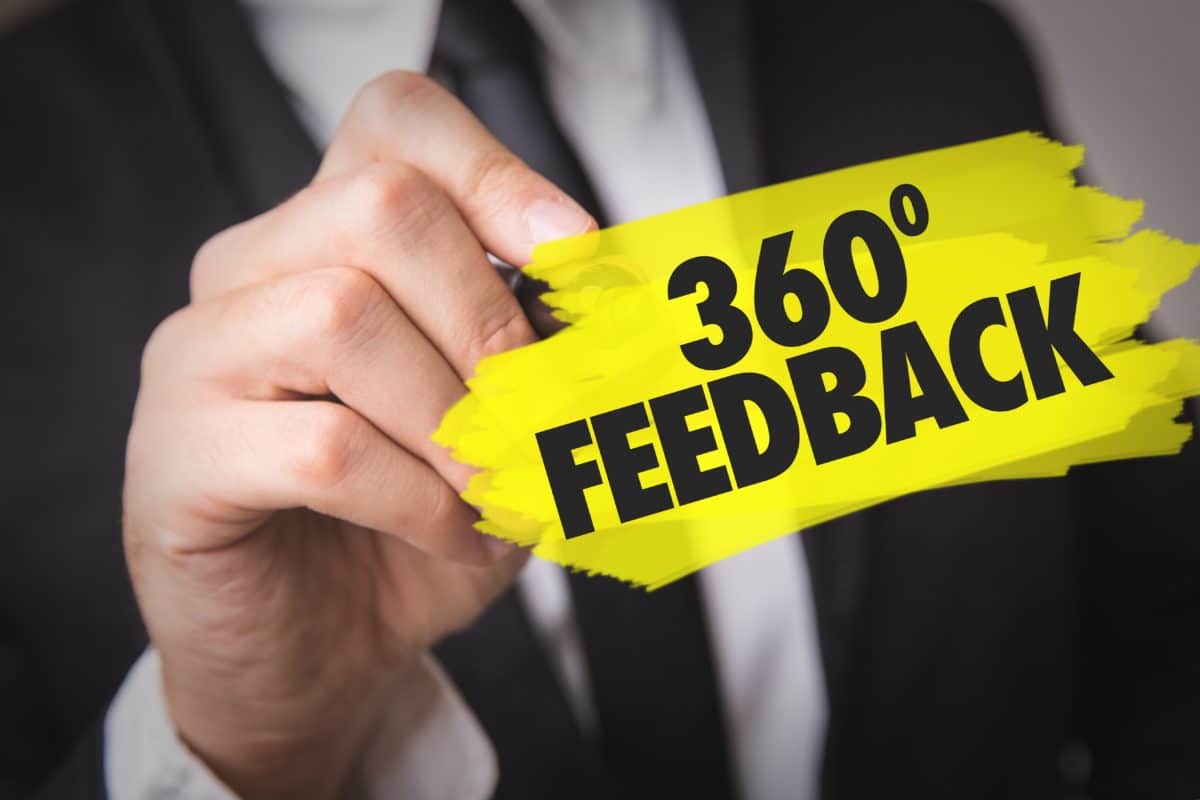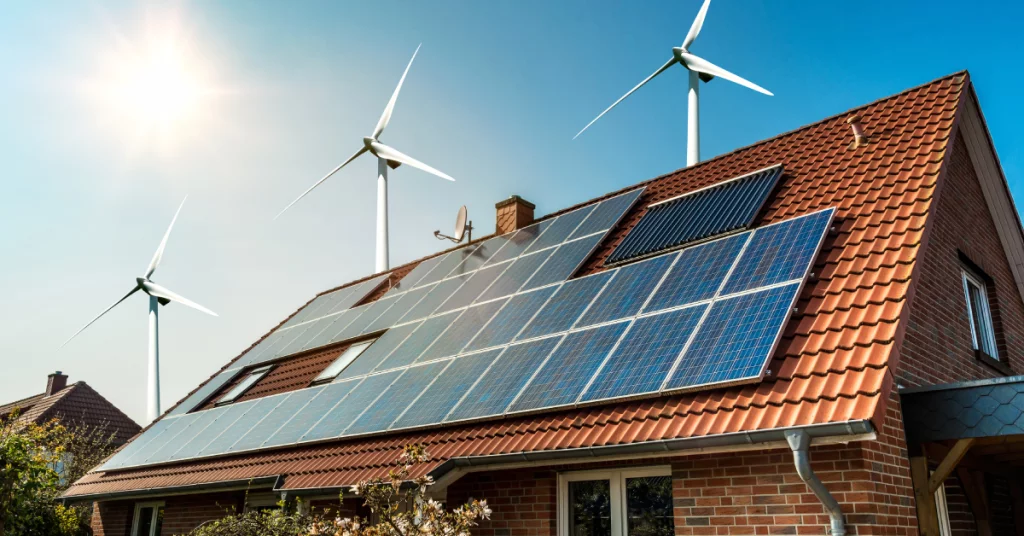Author:
Rafał Dados
Why Procurement Analytics Matters
Economies in virtually every corner of the world have faced several supply‑side shocks in recent years - ranging from energy commodity turbulence to the surge of Chinese electric vehicles. More disruptions are looming, including Chinese export quotas on rare‑earth metals as well as new tariffs and potential trade wars. The pressure to optimise costs, sustain competitiveness and secure uninterrupted supply chains intensifies with each passing year. At the same time, increasingly sophisticated algorithms and artificial‑intelligence tools are radically speeding up market dynamics. Procurement analytics offers a powerful response: it pinpoints the true cost drivers and highlights specific opportunities for optimisation.
Three Fast Facts (2022–2024)
- Energy prices: The World Bank Energy Price Index jumped 29% in total. (World Bank, Commodity Markets Outlook, Apr 2025).
- EU wages: Hourly labour costs in the EU went up by about 13%. (Eurostat, 19 Mar 2025).
- Ocean freight: The Asia→Europe FBX11 container rate at Q1 2025 was still over twice the 2019 average. (Freightos Baltic Index, 28 Jan 2025).
These numbers show why buyers need solid cost‑control methods.
Breaking Down Costs
A precise breakdown of a product’s or service’s cost structure not only reveals the greatest savings opportunities but also highlights where residual risks are. A forward-looking company should continuously monitor those risks and, through ongoing refinement, deepen its understanding of cost structures, not just its own but those of its suppliers and their upstream partners, all the way to primary raw material inputs. A good illustration is analyzing the cost of security services in light of rising statutory minimum-wage requirements.
How Minimum Wage Hikes Hit Guarding Prices
Wages account for the largest portion of the cost in many services such as cleaning, janitorial services and physical security. Any change to the statutory minimum wage is quickly reflected in suppliers’ pricing. For example, if the minimum wage rises by 20%, the hourly rate for security services can increase by as much as 12 - 18%, depending on the share of labor costs in the overall price. The simplest response for a supplier is to pass these increased costs directly on to their clients. Well-organized procurement organizations, however, can safeguard against unchecked price hikes by seeking innovative solutions or operational changes imposed or mutually agreed with the supplier to achieve both cost savings and quality improvements in service delivery.
Cutting Labour With AI Watch Towers
Many security firms now use mobile surveillance towers. Each tower has PTZ cameras, loudspeakers, and AI software that spots movement and decides whether it’s a person or, say, a stray dog. Staff in a control room can speak through the tower or send a response team.
Case study - PTZ stations
- 4 towers replaced night patrols, so guard numbers dropped from 6 to 2 per shift.
- Total security spend fell 35 % even after the wage hike.
- Payback time (ROI) was 14 months.
As a buyer, you can trade a straight wage driven price increase for a tech‑ plus remote operator deal, shrinking the labour share while keeping service quality.
Remember: Look at the Total Cost of Ownership (TCO). Only full‑cycle costs tell you what a service really costs.
Supplier OEE: A Quick Win on Part Prices
A supplier’s Overall Equipment Effectiveness (OEE) measures uptime, speed, and quality. Boosting OEE from 70% to 85% cuts downtime and scrap, so unit prices can fall by double digits. Ask suppliers for their OEE plans and build targets into your contracts. This KPI is critical for procurement analytics and generating savings in the industrial sectors.
Using a Linear Price Performance Check
Procurement professionals, empowered by AI-driven tools, increasingly leverage a linear price performance model to rapidly assess whether a supplier offers competitive price on similar, but not identical components. Buyers use it also to know the price even without asking the supplier for it. A powerful tool to get the best price upfront. Just three years ago, major consulting firms built multimillion-dollar client engagements around this approach.
Imagine you’re sourcing aluminum profiles in different cross-sections, where the price should rise linearly with the weight per meter.
- Collect prices and weights from the supplier.
- Plot price against weight on a scatter chart and draw a trend line.
- Spot outliers: Points above the line are pricey; points below might be bargains or data errors.
- Negotiate the biggest gaps - ask why a part is off the line and push prices toward the trend.
Our experience shows that employing this model, where pricing equation is computed in milliseconds by AI such as ChatGPT - can yield 5 - 10% savings on the total contract value without changing material specifications. Choosing the right product category for this analysis is critical.
Ready to practise these methods? Our workshop walks you through examples and gives you templates you can use right away.

Rafał Dados
Empowering Procurement Through AI and Operational Excellence
With 20 years of experience in project and strategic sourcing, he has been a co-owner of Eveneum for 12 years, a company specializing in consulting and training for procurement in industries that require building relationships and trust between partners. His expertise lies in supporting clients with project sourcing and early supplier engagement, as well as involving the procurement department in development work. He leads projects such as negotiation assignments, supplier searches, and negotiating cooperation terms on behalf of clients. He is a speaker at procurement conferences both in Poland and abroad. He also lectures on procurement at Jagiellonian University.






